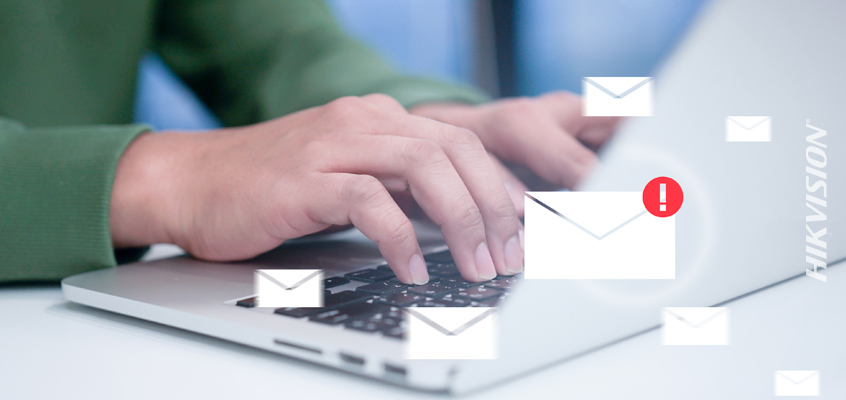Employees Avoid Opening Genuine Communications Due to Phishing Fears, Concerns About Security

Hikvision on Phishing Examples, and Tips to Avoid this Malicious Hack
An abundance of caution is causing some employees to avoid opening certain emails, fearing they might be a security concern such as phishing. Covering this challenge, and offering ways for employees to identify real correspondence versus malicious hacks, is the SC magazine article, “Phishing fears cause workers to reject genuine business communications.”
Phishing is the malicious use of social engineering to obtain sensitive information or access from an unsuspecting victim. This usually comes in the form of email, social media links, or other digital means that an attacker can use to trick a victim. Read more about phishing here.
From the SC article: “The problem is that real communications and fake ones are getting harder to distinguish from each other. Attackers use current events as a trigger for people to engage, which has indeed led to a scourge of COVID-themed phishing scams since the pandemic started. Recipients are flooded with lures related to coronavirus maps, vaccines and, yes, contact tracing, to trick people.”
The article noted that unsolicited emails often appear to use the same tactics cybercriminals employ with phishing.
To combat this challenge, organizations can implement “domain-based message authentication,” which helps to prevent company domains from being spoofed and used in phishing attacks. To ensure messages are opened and read, remove attachments and links in an email such as company communication. Instead, place the content as text in the body of the email.
Learn more about phishing hacks in this Hikvision blog. And, read “Examples of Phishing, Part 2,” which offers several tips to prevent becoming a victim to phishing. Some of the tips include:
- Filter spam.
- Be wary of unsolicited email.
- Treat email attachments with caution.
- Don’t click links in email messages.
